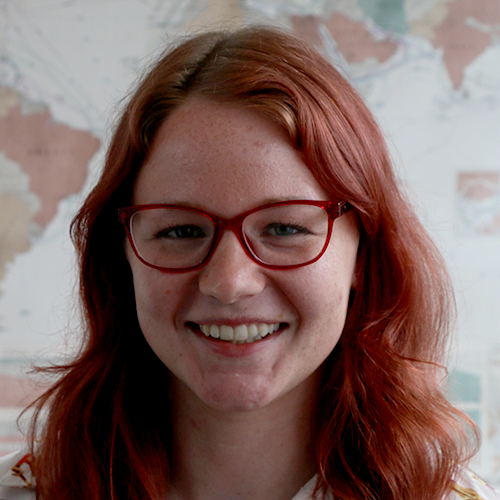Submarine Cable Growth: Fashions from Yesteryear
We recently shared the pricing workshop and interconnection sector review our team presented at PTC '22.
But wait—there's more!
TeleGeography VP of Research Tim Stronge was on the scene to answer three questions about the submarine cable buildout boom.
